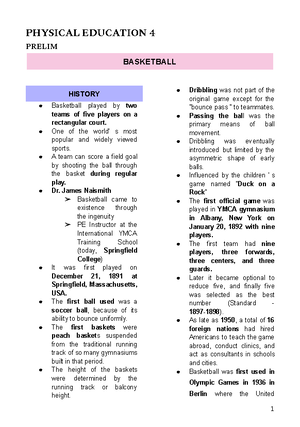- Information
- AI Chat
Was this document helpful?
Computer IN Medical Imaging
Course: Radiologic Technology
34 Documents
Students shared 34 documents in this course
University: Davao Doctors College
Was this document helpful?

COMPUTER IN MEDICAL IMAGING
The Role of Computers in Medical Imaging
Medical imaging is a vast field that deals with the
techniques to create images of the human body
for medical purposes.
Most of the modern methods of scanning and
imaging are largely based on the computer
technology.
HISTORY
Technology around the globe
The computer was born not for entertainment or
email but out of a need to solve a serious
number-crunching crisis.
ABACUS
Earliest calculating tool
BLAISE PASCAL AND GOTTFRIED LEIBIZ
Built mechanical calculators using pegged
wheels that could perform basic arithmetic
functions.
CHARLES BABBAGE - 1942
Designed an analytical engine that performed
general calculations automatically.
HERMAN HOLLERITH (1890)
Designed a tabulating machine to record census
data
JOHN ATANSOFF AND CLIFFORD BERRY (1939)
Built the first electronic computer.
DECEMBER 1943
The British built the first fully operational
working computer called Colossus.
HARVARD UNIVERSITY (1944)
The first general purpose modern computer.
ASCC (Automatic Sequence Controlled
Calculator)
J. PRESPER ECKERT 7 JOHN MAUCHY
ENIAC (Electronic Numerical Integrator and
Calculator.)
WILLIAM SHOCKLEY (1948)
Developed the transistor, a switch that
alternately allows or does not allow electronic
signals.
Made the possibility of the development of
stored program computer.
ECKERT AND MAUCHLY
Developed UNIVAC (Universal Automatic
Computer)
The 1st commercially successful general purpose
stored program electronic digital computer.
COMPUTER GENERATIONS
Generally speaking, computers can be classified
into three generations. Each generation lasted
for a certain period of time, and each gave us
either a new and improved computer or an
improvement to the existing computer.
1ST GENERATION (1938 -1958)
- Used Vacuum tube devices
2ND GENERATION (1958)
- Based on individually packed transistors.







